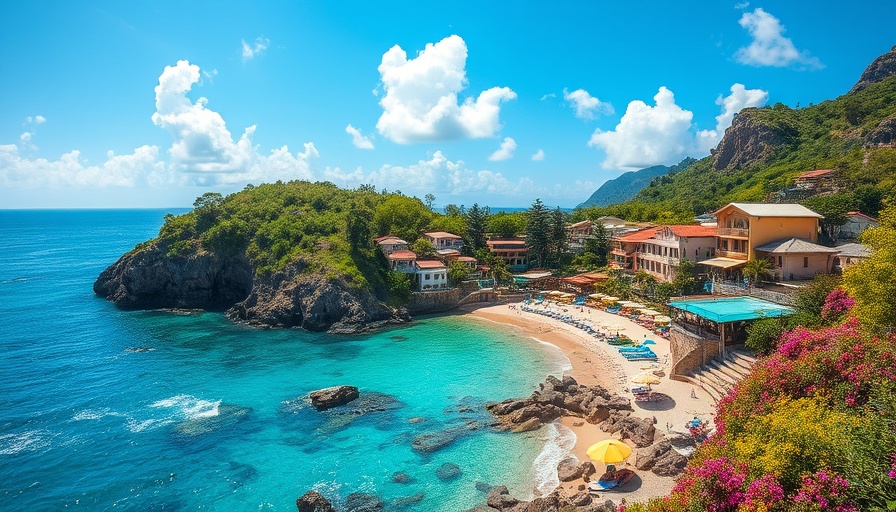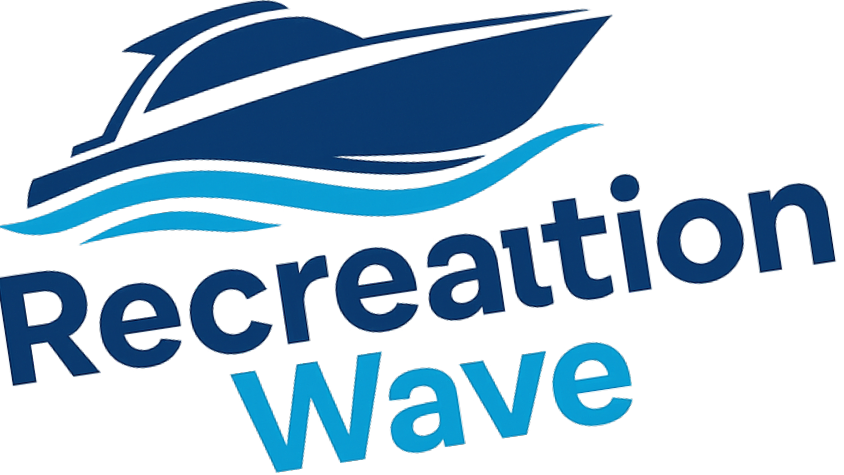
Understanding the Heartbreaking Changes at Bingin Beach
Bingin Beach has long been celebrated not just for its stunning vistas but as a vibrant tapestry of community life. Picture families preparing meals in cliffside Warungs, surfers gathering for a day on the waves, and local artisans showcasing their crafts. This was the lifeblood of Bingin, a space where the spirit of Bali thrived. Yet, that sense of community now teeters precariously on the brink of obliteration.
What Sparked the Demolition?
Late last month, the shocking announcement arrived: 45 local businesses were ordered to demolish their structures. The sight of workers clad in bright hard hats and the mayor leading the demolition echoed across the beach and sent shockwaves through the community. But what caused this abrupt action? As it turns out, the entire beach belongs to the government, meaning the businesses have technically operated on land without formal ownership. The motives behind this sudden crackdown seem ominous, with rumors swirling about mega-investment groups keen on converting the area into exclusive beach clubs—a prospect that threatens the beach's authentic charm.
The Voices of Resistance
Local voices resonate with discontent. Mega Semadhi, whose family has lived in the region for generations, underscored the profound emotional and economic consequences this decision imposes. "This has been home to my family for over six generations," he lamented, challenging the fairness of the legal system that targets local businesses while other structures remain untouched. Following along this line of thought, the current actions of the government raise alarms about the future of countless workers displaced overnight.
Preservation versus Progress: A Delicate Balance
The discussion around Bingin Beach is not simply about buildings; it's about preservation versus progress. Supporters of local governance agree change is essential, but not at the expense of erasing a community. Protests have emerged, calling for regulatory measures that maintain authentic local culture while allowing development to coexist harmoniously.
Bali's Spirit at Stake: What Can Be Done?
So, what can the community do to reclaim its voice? Many advocate for a dialogue that includes local management and traditional governance structures. This might involve creating a cooperative model among businesses to manage operations sustainably, ensuring that Bingin maintains its unique character while allowing healthy tourism. A united front could sway government decisions and showcase the potential benefits of fair regulation.
What’s Next for Bingin Beach?
The future of Bali's Bingin Beach rests not only in legal frameworks but also in the hearts of its community members. The fear of rapid, unchecked commercialization looms large, but so does the courage of the locals standing firm. As the demolition progresses, we are invited to reconsider our role as visitors, surfers, and advocates. Seeking balance will require not only activism but also educating ourselves about the landscapes we cherish.
As we watch the unfolding events, consider the impact on our collective love for adventure, community, and sustainability. Will we be part of the solution that promotes ethical tourism? Will we help ensure Bingin’s story continues?
 Add Row
Add Row  Add
Add 




Write A Comment